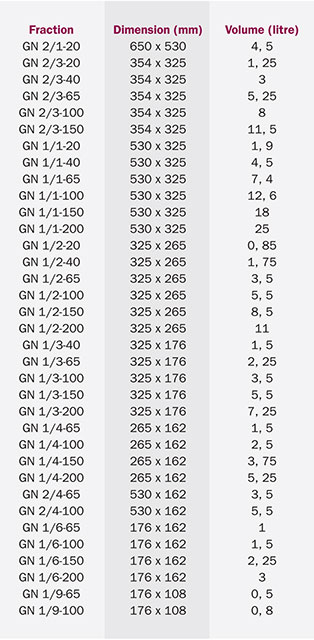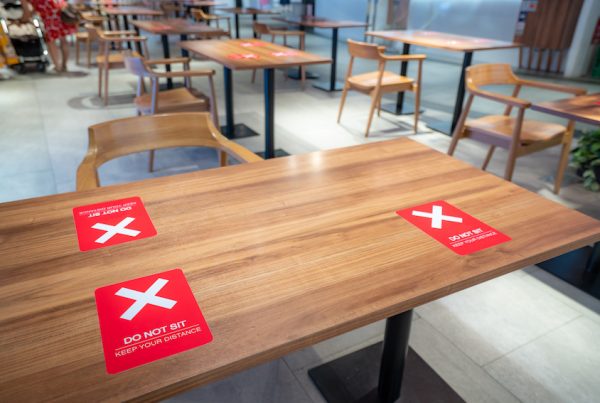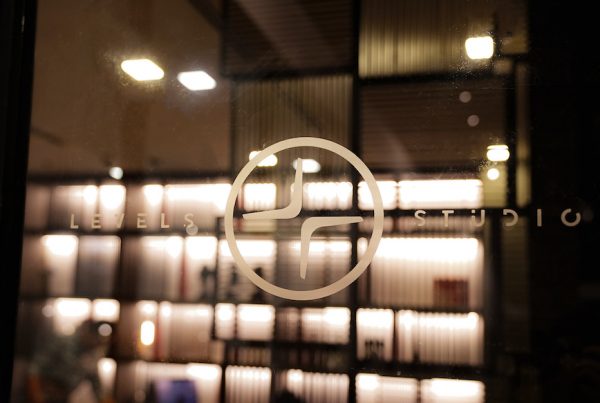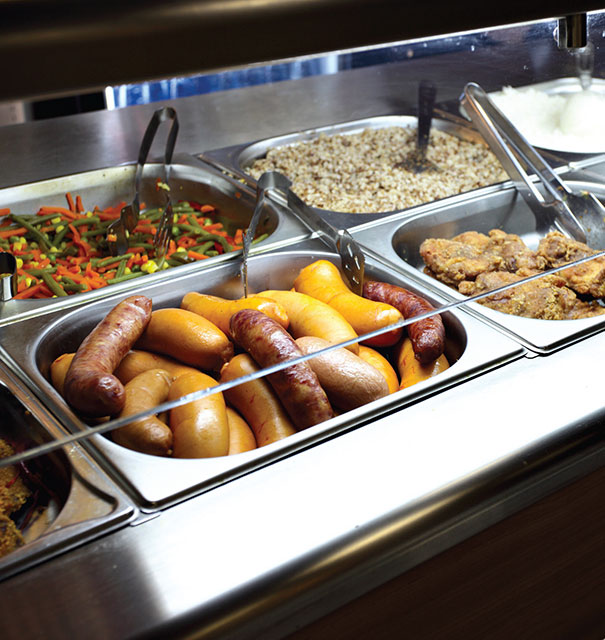
The ubiquitous stainless steel trays are unmissable in any cooking facility and come in varying sizes. And when one purchases a commercial kitchen equipment especially those that has storage capacities, the term GN is often seen. GN 2/1, GN 2/4 and an entire list of numbers, what do they actually mean and how does it help the foodservice industry? The concept was established in Finland and is now used globally to indicate the outer dimension of containers used in professional kitchens. The terms used interchangebly to refer to these containers include GN containers, GN canteens, GastroNorm, GASTRONORM and GASTRO-NORM being rarer varieties of reference.
Although the European Standards Committee set up standard container size for the industry, the gastronorm sizing system only covers an outer dimension but does not come with an exact mould for corners and external sides. Hence, containers made from different manufacturers are likely to differ and cannot be stacked properly. Most commonly made of stainless steel to withstand being used for cooking in ovens, being in deep freeze as well as prevention of breakage, they can also be available in polycarbonate and polypropylene.
GN sizes for containers, racks and working spaces (ovens, bain maries) used in the catering industry are according to the EN 631 standard. Gastronorm containers sizes are classified in terms of fraction with a ‘full size’ container coded as ‘GN 1/1’ and this fractional sizing system means containers are interchangeable – using a two GN 1/2 or a GN 1/2 and two GN 1/4 in a serving counter with a GN1/1 capacity. Here is a list of gastronorm sizes alongside corresponding measurements in millimetres and volume:
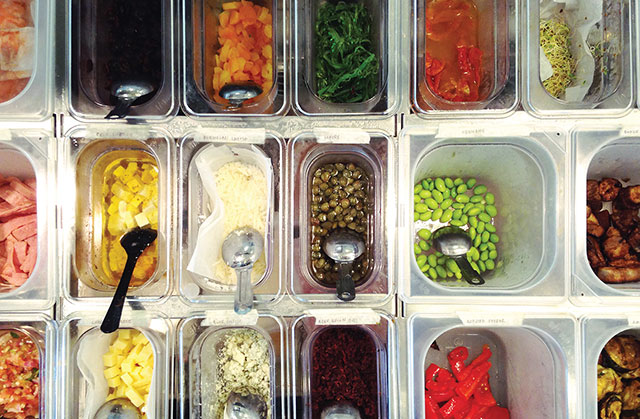
GN pans in various sizes make perfect sense in a salad bar. Image courtesy of Chai Bar (Malaysia)
Although the industry accepts the above dimensions most of the time, there are still differences between European and American manufactured pans. While racks made in Europe are usually built around GN sizes for easy interchangeability of pans and racks, American ones might veer towards US sizing and might require adapting special rack supports to be able to utilise the GN pans.
ACCESSORISING GN PANS
Most GN pans have lids but are sold separately as you might not need lids in using the pans when transporting food or on the food distribution line. Also, lids with a slightly protruding handle makes it difficult to stack pans for space-saving storage. Many kitchens would use cling film whenever they need to cover food items as it is convenient and allows for better stacking although there is also a choice of plastic lids that will also be easier to store and lighter to carry. However, plastic might lose shape in time or crack especially in very cold conditions.
Realising this, a company from Australia thought of ways to make lids for these pans more attractive and durable. It introduced the Flexsil-lid to help kitchens reduce the use of cling film and foil for the environment and better cost control as it can be reused more than 100 times. The flexible lid is designed to keep food fresh for longer in steam pans during storage in fridges or cool rooms and are also able to withstand heat in an oven up to 220°C for up to 2 hours and up to -40°C without becoming dry and brittle. One can safely put it in a standard microwave for up to 10 minutes. Traditionally, certain lids are only made to fit specific pans but Flexsil-lid fits any pan no matter who the manufacturer is as well as fits polycarbonate, melamine, plastic and steel pans. For more information, visit www.flexsil-lid.com
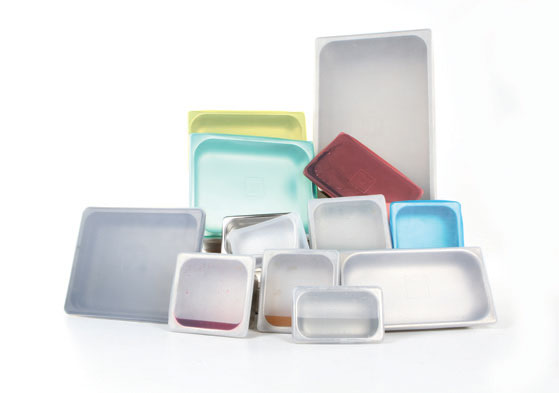
Multi colours
for easy
identification
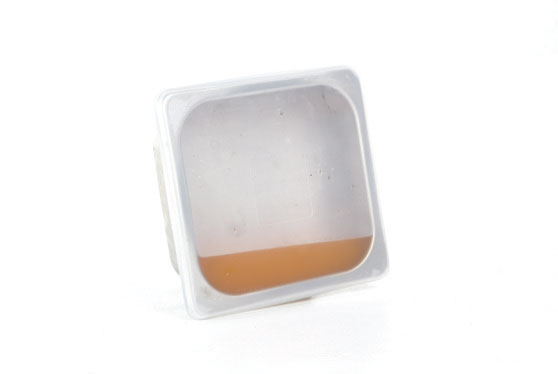
No leakage
with Flexsil-lid
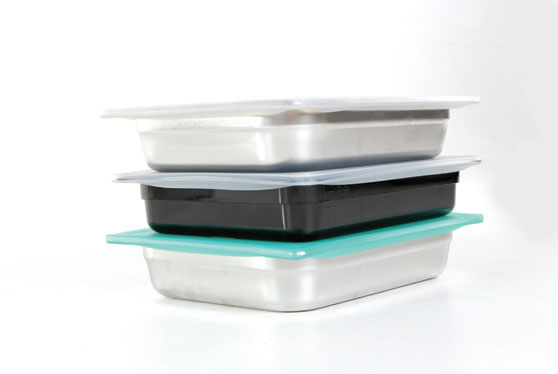
Flat surface
enabling
stackability
To conclude, GN pans are virtually indispensable in any kitchens because of its adaptability for storage, cooking, transporting and serving of food. Its durability and wide range of sizes also allows users the freedom to switch container sizes according to need.

